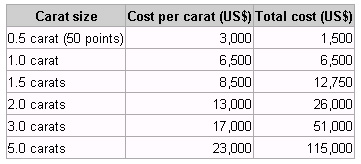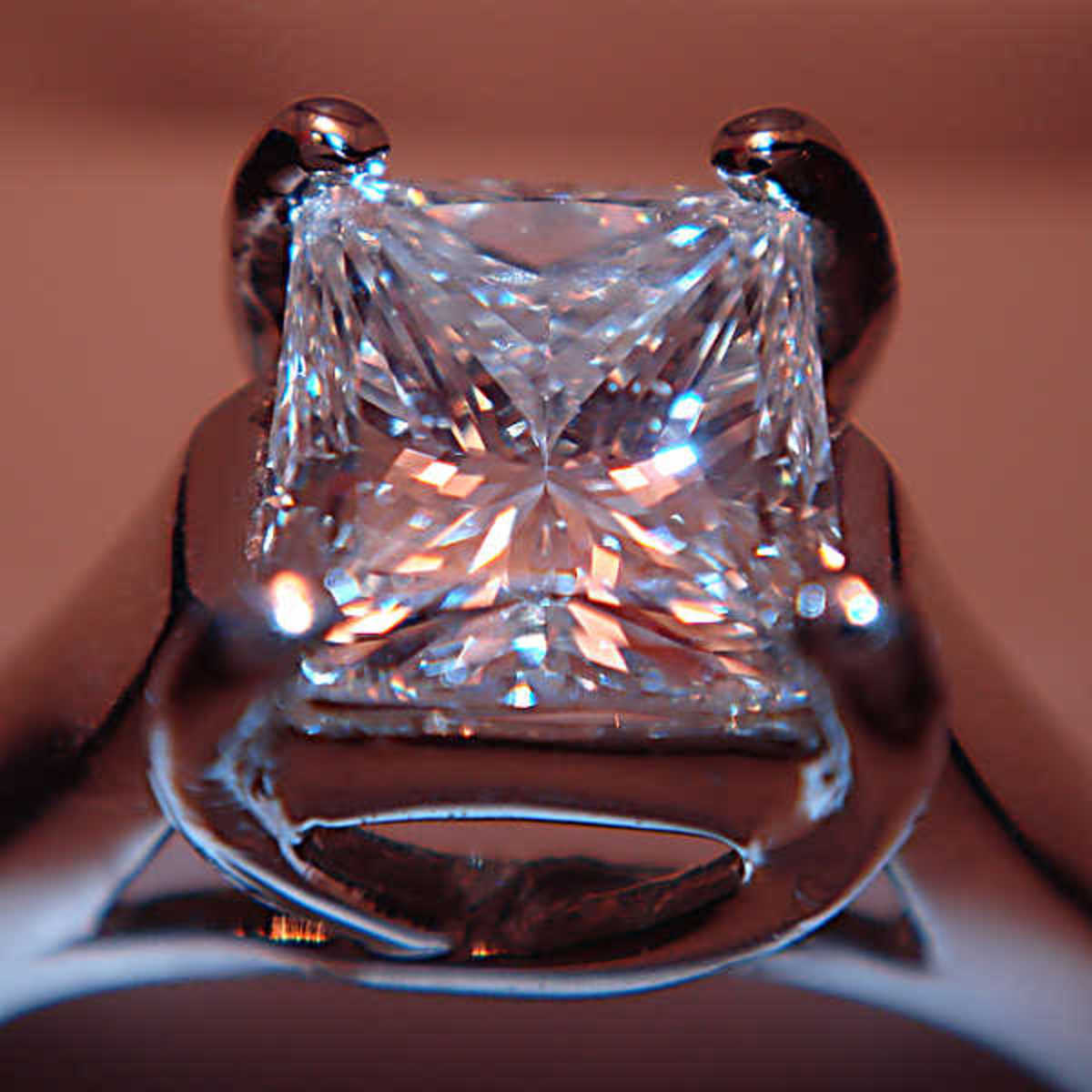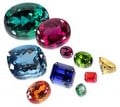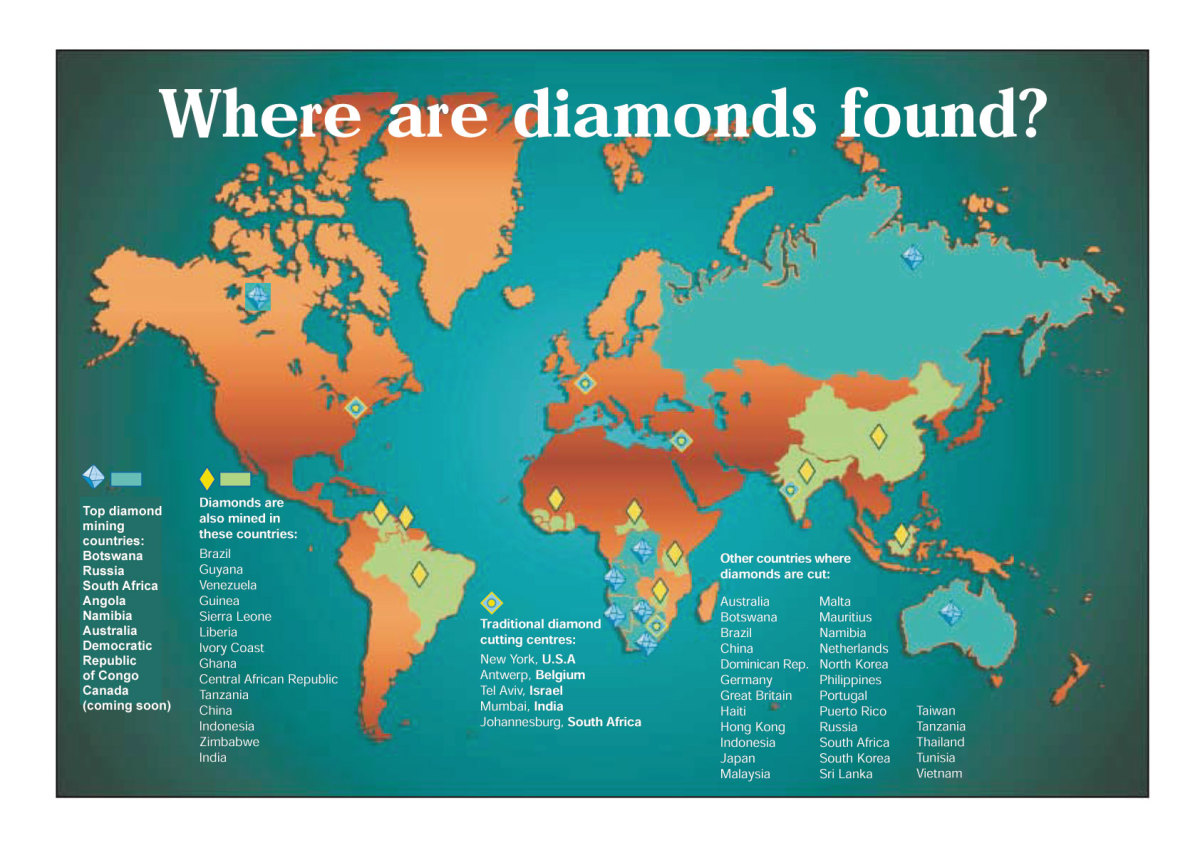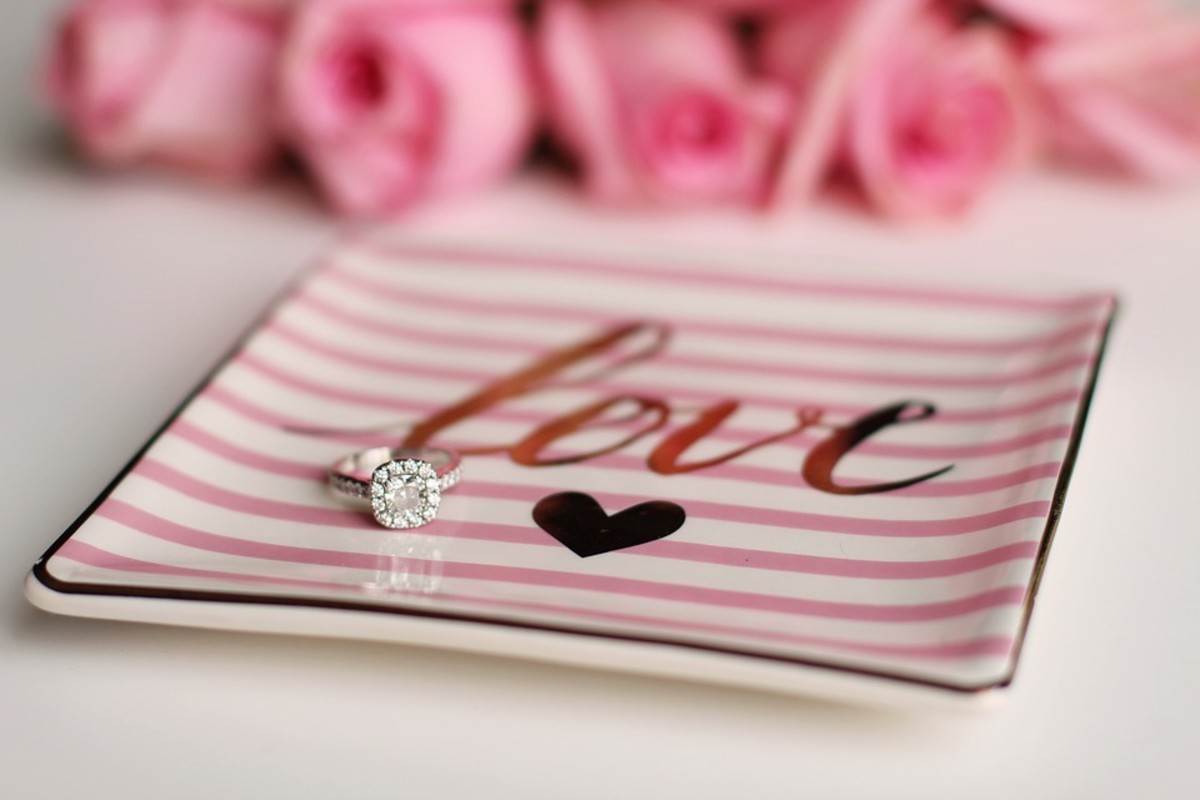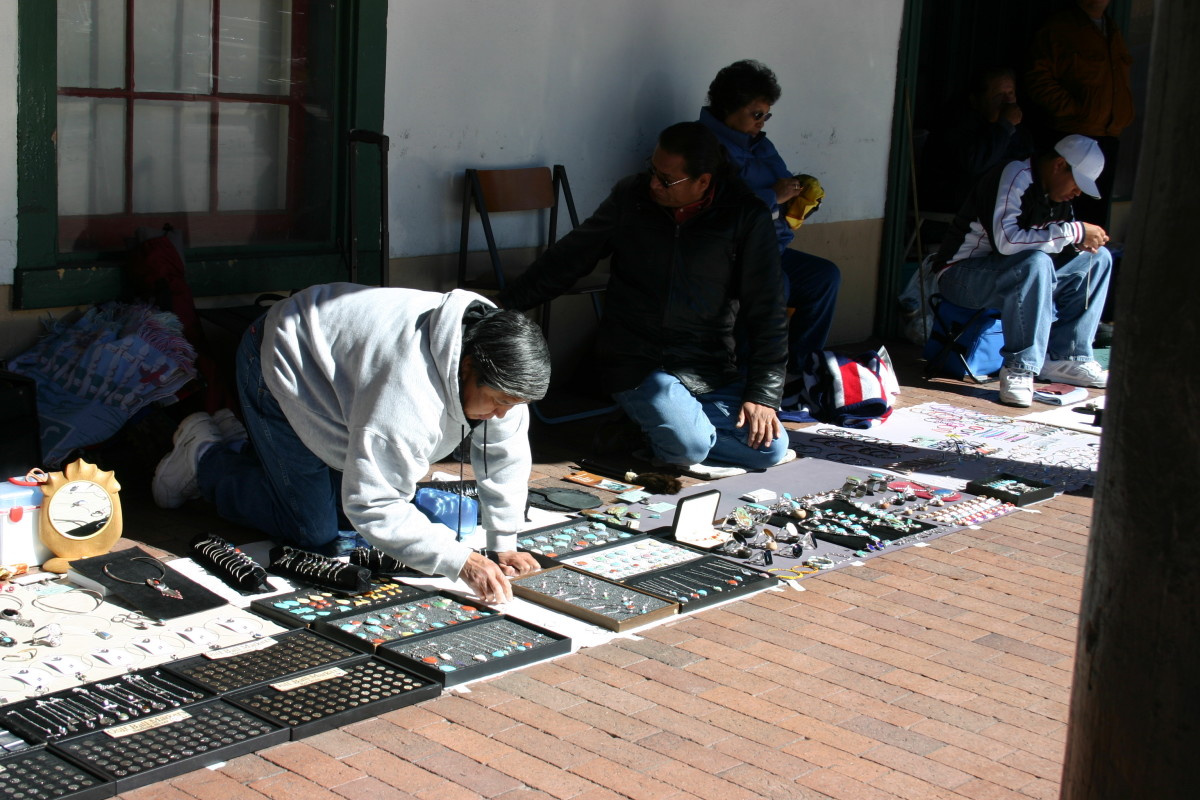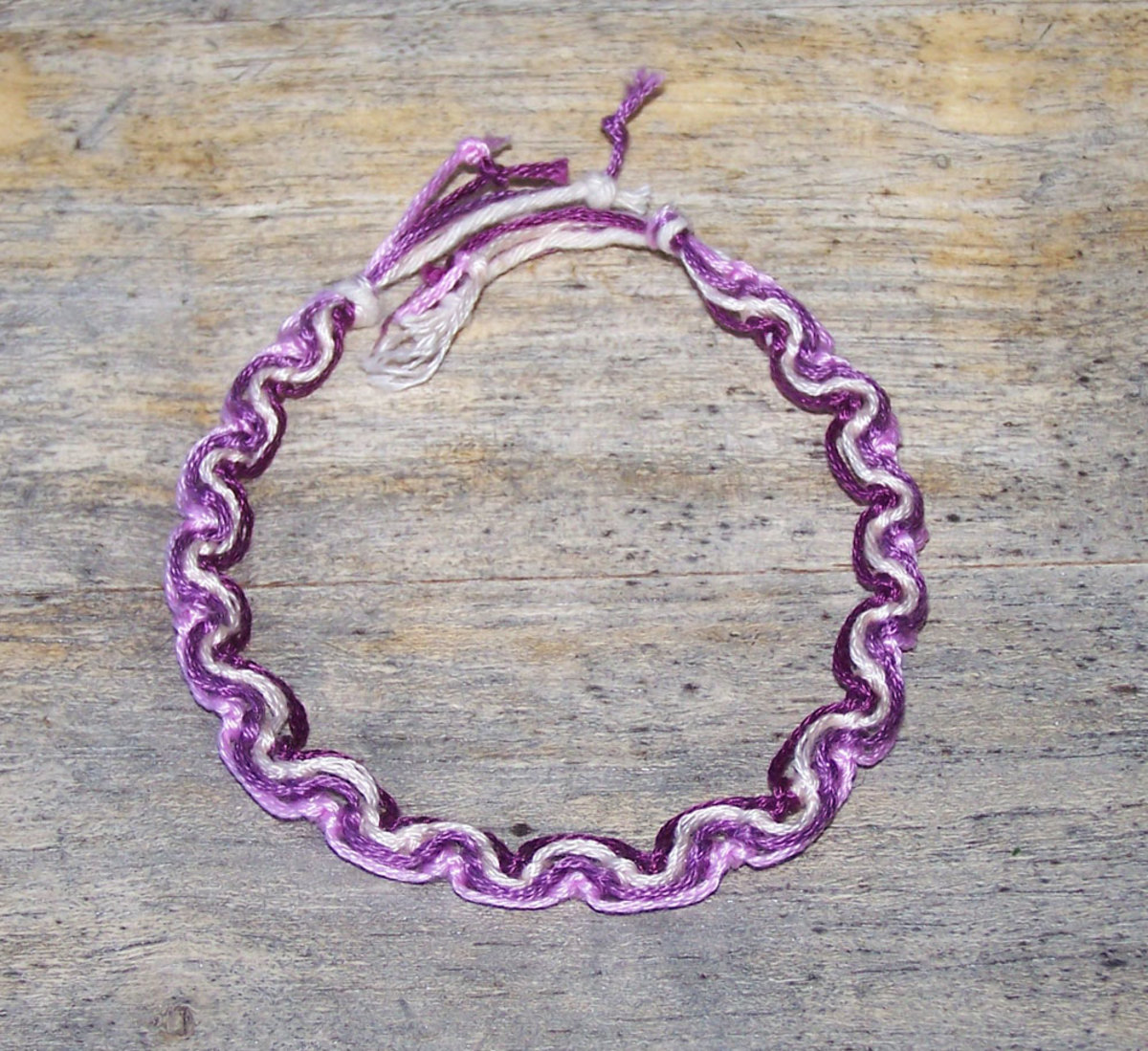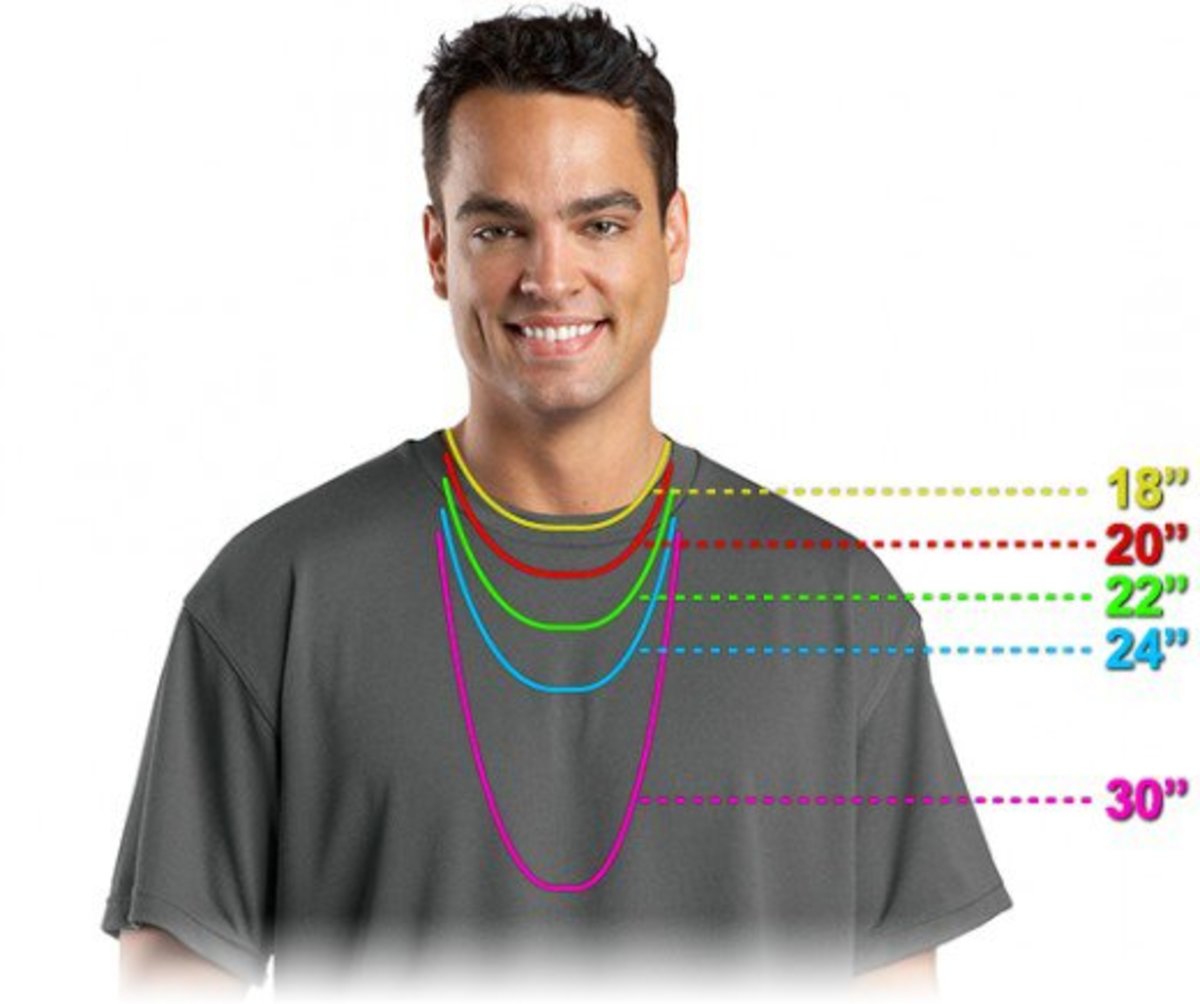How To Choose The Perfect Diamond Ring
Create A Ring as Individual As She Is
First Step: Romancing the Stone
So you're ready to pop the big question. Now comes a key test of how well you know your bride to be. Is your fiancee's taste more traditional, old-fashioned, avant-garde or modern? What shape diamond does she prefer? What size diamond can you afford? Are you willing to pay for qualities that increase the stone's value, even if you can't see them?
If' I've already lost you, I'm sorry. Diamonds are a girl's best friend (or so the song and movie tell us). But it's understandable that you know little to nothing about the many facets of this eternal symbol of love. Like it or not, these questions must all be answered as you search for the perfect diamond engagement ring for your true love.
In this hub we will be talking specifically about the 4 "Cs" of diamonds: Cut, Clarity, Color and Carat. Associated with these 4 Cs are a whole bunch of other letters and numbers (in other words, a veritable alphabet soup of grades on different scales).
Not to worry! You'll soon be an expert, ready to approach any jewelry store of diamond merchant with confidence!
Brilliant Cut Round
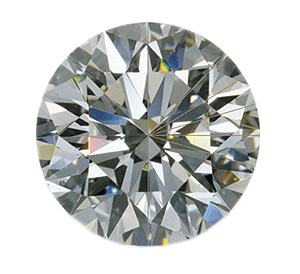
Emerald Cut Diamond
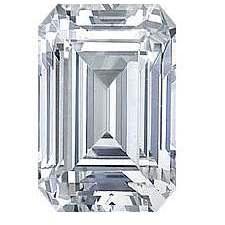
Pear Shaped Diamond
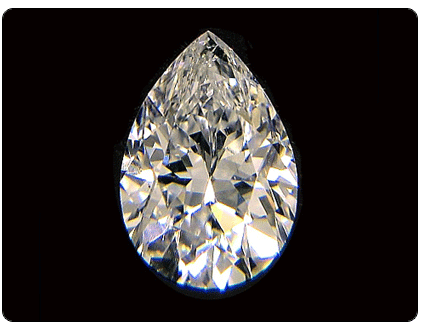
The" Four Cs" of Diamonds
The most obvious aspects of any diamond are its shape and its brilliance. While many people (including some jewelers!) confuse the terms "cut" and "shape" they are not the same thing. However, they are intimately related. And the majority of people (more than likely your fiance/fiancée included) use the term "cut of diamond" to define its shape.
Here are some of the most popular diamond shapes (aka cut):
Brilliant/Round
Emerald
Oval
Pear
Princess
Marquis
Asscher
Radiant
Marquis Shaped Diamond
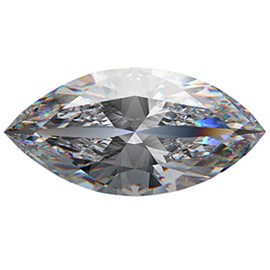
Princess Cut Diamond
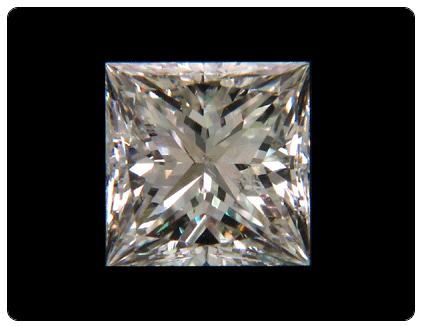
Diamond Shapes
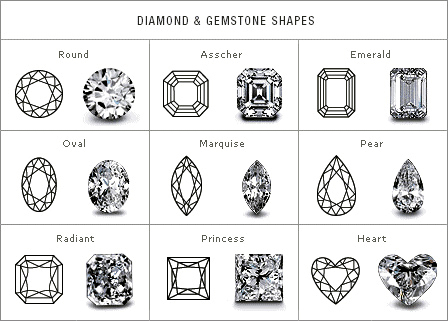
A Bit More About Diamond Shapes
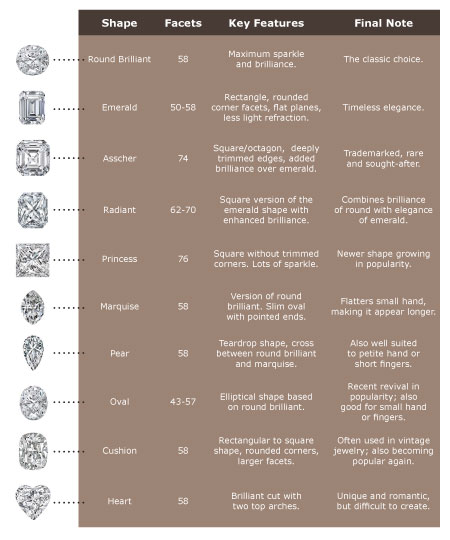
Diamond Cut
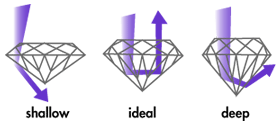
First C: Cut
The actual cut of the diamond directly affects its brilliance (ability to bounce back or reflect light). Brilliance is an essential quality that can make your diamond worth more or worth less. More reflection = shinier (also known as having more "fire") = desirable. Cutting too steep or shallow sends the light in a different direction like a distorted mirror.
A diamond's cut is graded using the following scale:
- Ideal-- highest quality, applies only to round diamonds, for those who demand the best (and are willing to pay for the best)
- Premium -- also for the discerning diamond buyer who wants the best (but for a little less)
- Very Good -- high brilliance but the jeweler varies the cut to achieve a bigger sized stone
- Good -- provides excellent cost-savings without sacrificing quality or beauty
- Fair & Poor-- much less brilliant, these diamonds are cut to maximize the carat weight (size) over other considerations
Second C: Clarity
Measuring the Stone's Flaws
Clarity is the presence or absence of flaws or imperfections in the diamond. The jeweler looks at the stone under 10x magnification to discover any Inclusions (flaws) that are not visible to the naked eye. Grades range from Flawless (completely free of inclusions and blemishes), to Included 3 (diamonds with large, heavy blemishes and inclusions that are visible to the naked eye). Diamonds with no or very few inclusions and blemishes are more highly valued because they have more clarity.
For grading purposes all flaws (both inclusions and blemishes) are called "inclusions." These can be internal flaws and/or surface flaws. Internal inclusions could result from air bubbles, cracks, and non-diamond minerals found in the diamond.
Surface flaws or blemishes include scratches, pits, and chips
Diamond Clarity Grading System
- F
Flawless: No internal or external flaws. Extremely rare. - IF
Internally Flawless: No internal flaws, but some surface flaws. Very rare. - VVS1-VVS2
Very Very Slightly Included (two grades). Minute inclusions very difficult to detect under 10x magnification by a trained gemologist. - VS1-VS2
Very Slightly Included (two grades). Minute inclusions seen only with difficulty under 10x magnification. - SI1-SI2
Slightly Included (two grades). Minute inclusions more easily detected under 10x magnification. - I1-I2-I3
Included (three grades). Inclusions visible under 10x magnification AS WELL AS to the human eye. Typically it is not recommend to buy diamonds in any of these last three grades.
Diamond Clarity Chart
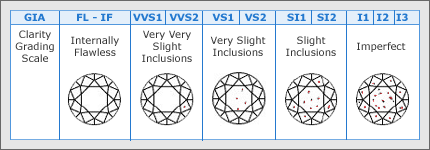
Resources: The 4 Cs of Diamonds
- Gemological Institute Of America
The Gemological Institute of America, GIA, is the world's foremost authority in gemology, diamond grading, jewelry education... - Diamond Buying Guide : 4 Cs of Diamonds
the Diamond Buying Guide : Learn about the 4 Cs of diamond grading, diamond color, diamond cut, diamond clarity, and diamond carat weight.
Third C: Color
Color in a diamond refers to the presence (or absence) of natural coloration inherent in the stone. The most pure diamonds are super bright white or colorles.
Color is measured on a different scale than clarity, using GIA's (Gemological Institute of America) professional color scale.
GIA Color Scale
D, E, F are considered colorless
G, H, I, J nearly colorless
K, L, M faint yellow
N, O, P, Q, R very light yellow
S, T, U, V, W light yellow/ brownish
Obviously, the closer to white/colorless the diamond is graded, the more desirable and expensive the stone. Bear in mind, however, you don't have to pay a premium price for a beautiful stone. Even stones graded "I" are colorless enough that you won't detect any yellowing with the naked eye.
Another thought when evaluating a diamond based on its color: You can minimize color imperfections by choosing the right setting/jewelry to mount your stone in.
And, while I don't recommend trying to pass off an inferior stone on your fiancée, some people do prefer warmer-hued vs fiery white diamonds.
You'll Probably Want to Stay Within D- M
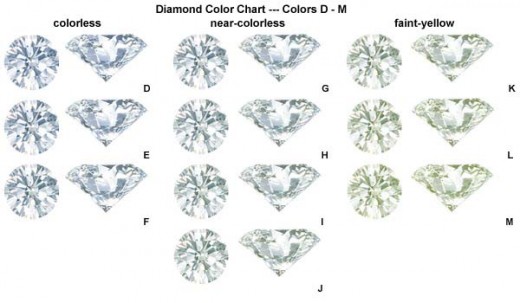
Fourth C: Carat
When viewing a newly engaged woman's ring, what's the first question people ask? It isn't about the diamond's clarity or color rating. Oh, no. They ask "How many carats is it?"
Unless you hang around with jewelers, chances are good that's the one and only question people will ask. It's not that the three other Cs don't matter -- they do. But size is the #1 visible gauge of the ring's worth or value.
So, besides the obvious (i.e., does she need a wheelbarrow to carry her diamond-bedecked finger around), here are some things to know about carats (not to be confused with carrots, the vegetable, or karats, the measure of purity in gold).
Diamonds are measured by weight. Weight is expressed in carats. One carat is equal to 200 milligrams, or 0.2 grams. (Great bit of trivia, but who cares, right?)
Basically, when we're talking about the carat weight of the stone, we're talking about its size. Size is far and a way the biggest criteria (next to shape) buyers use when selecting a diamond. engagement ring.
Carat weight takes into account the weight of each stone in the ring, as well as the overall weight of all stones. For example, you might have a 1-carat solitaire (that is, a single diamond). Or you might have a three-stone ring with a .75-carat diamond surrounded by two .25 carat stones. In that case the total carat weight would be 1.25 carats.
Carat Chart

The 4 Cs of Diamond Quality
In Summary
Like it or not, there's a lot more to diamonds than what you see on the surface! To get the best value for your engagement ring investment, it's worth taking the time to understand how diamond quality is assessed. Look beyond the shape and size and ask the jeweler to grade your selection's cut, clarity and color as well.
In the end, you'll probably have to make some trade-offs to get a high quality, large diamond that's still within your budget.But now you understand how the four Cs integrate to determine value.
Happy diamond hunting, and stay tuned. In the next hub we will be talking about the perfect setting for your perfect diamond.
